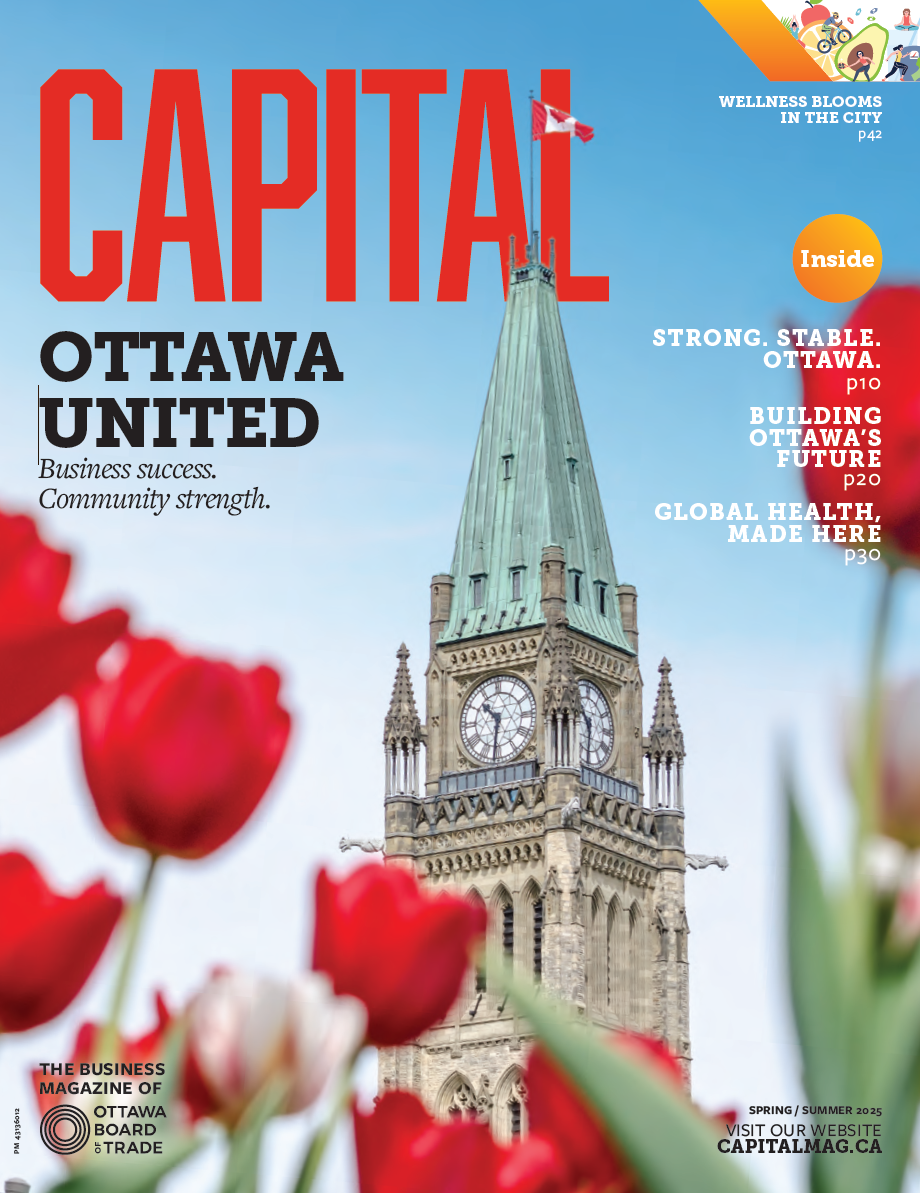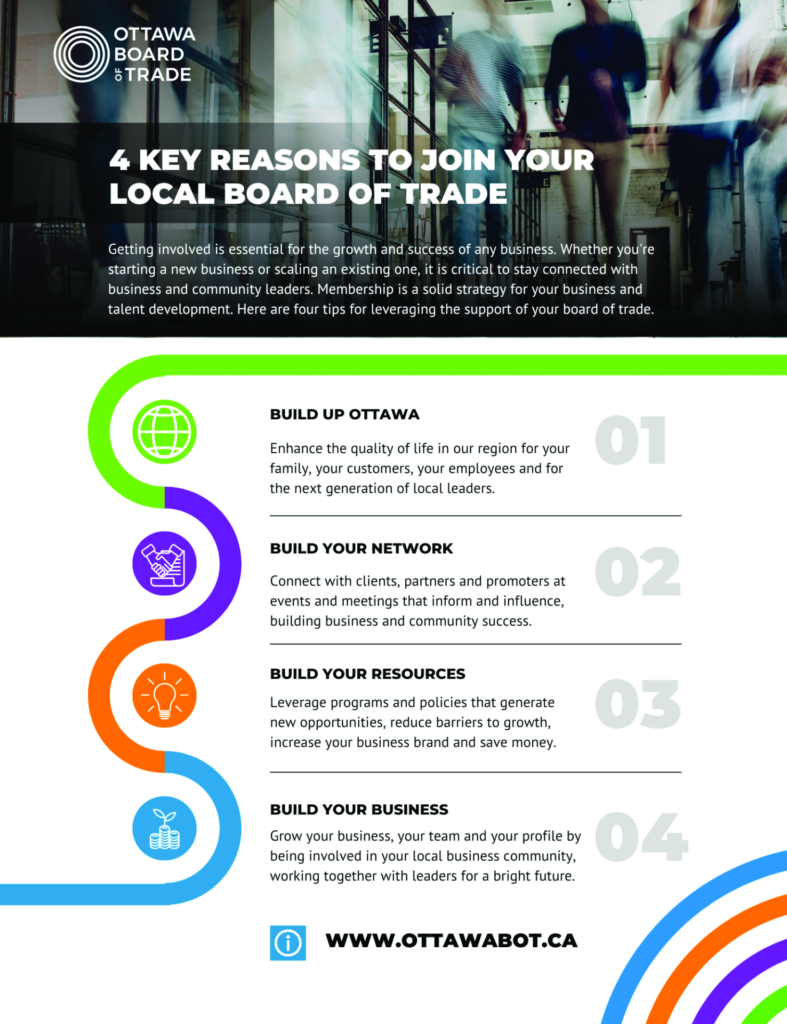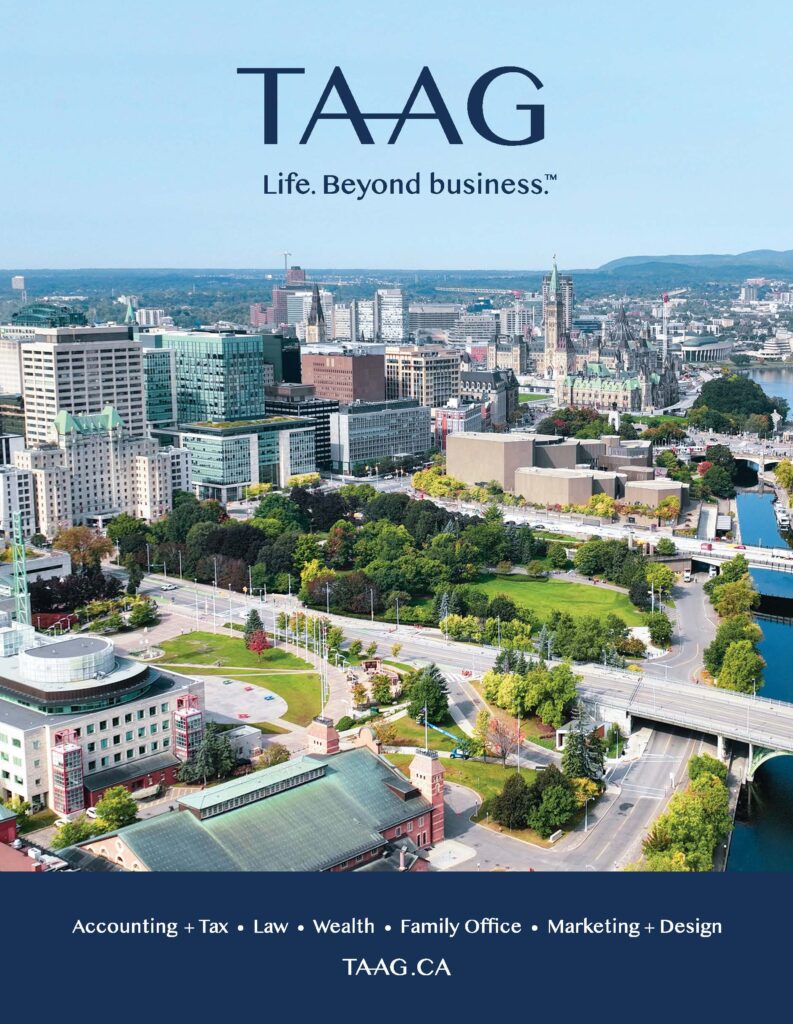NACCA: Supporting Aboriginal businesses during the pandemic

Aboriginal businesses and entrepreneurs in Canada routinely face challenges not encountered by those in the mainstream business sector. These barriers – a lack of access to capital, the proximity of rural and remote communities to markets, a shortage of skilled labour, and poor internet connectivity – have become even more daunting during the COVID-19 pandemic. As a result, a disproportionate number of Indigenous businesses – the National Aboriginal Capital Corporations Association (NACCA) estimates as many as 95 per cent – have been negatively impacted by the pandemic, many of them severely.
“As a national leader in Indigenous economic development, NACCA immediately recognized the need for a COVID-19 response tailored specifically to the needs of Indigenous entrepreneurs,” says Jean Vincent, the chair of NACCA’s board of directors. “Most Aboriginal businesses employ fewer than five people. Many, in fact, are sole proprietors. It was clear to us from the outset that the federal government’s emergency program for mainstream Canadian businesses would not meet the needs of these entrepreneurs and businesses.”
The federal government agreed. Following consultations with NACCA and Indigenous Services Canada, it created the Indigenous Business Stabilization (IBS) program in April of this year. Through IBS, a total of $306.8 million, including $204 million for an Emergency Loan Program, was made available to Indigenous businesses adversely affected by COVID-19. The program provides short-term, interest-free loans of up to $40,000 of which 25 per cent is a non-repayable contribution.
Responsibility for administering the IBS and the emergency loan program rests with NACCA and the 59 Aboriginal Financial Institutions (AFIs) it represents. Autonomous, Indigenous-controlled, community-based financial organizations, AFIs provide developmental lending, financing, and support services to First Nations, Métis and Inuit businesses across Canada. The NACCA represents AFIs at the national level.
Aboriginal businesses and entrepreneurs have been helped, says Jean. In fact, since receiving the emergency loan funds late in May, NACCA has allocated $165 million for delivery by more than 30 AFIs. And the first AFI to provide support under the program – the Tale’awtxw Aboriginal Capital Corporation in British Columbia – has issued more than 80 loans to Indigenous entrepreneurs in British Columbia.
But, says Mr. Vincent, if Aboriginal businesses and entrepreneurs are to survive this pandemic, some changes to the program may be required.
“For one thing, discrepancies exist between the assistance available through the IBS program and the aid offered at the regional levels through federally run programs like the Atlantic Canada Opportunities Agency and Western Economic Diversification Canada. Not only are our efforts being duplicated but assistance to Aboriginal businesses in those areas is generally not available elsewhere.”
More important, however, is what happens to the program once the pandemic ends. “We would like to permanently keep the funds being made available through the IBS program,” says Mr. Vincent. “This would allow us to continually recycle that capital throughout the NACCA network of AFIs.”
What remains of $307 million would represent the first major injection of funds for NACCA and its member AFIs since the organization was formed in the mid-1980s with a $200-million investment from the federal government. Since then, says Mr. Vincent, NACCA has clearly shown that its member AFIs can do a great deal with a relatively small sum. “Over the past 45 years, Canada’s AFIs have made more than 48,000 business loans totalling some $2.7 billion. We’ve been able to do that because we continually recycle that initial investment. Money is loaned out, money is repaid, and then that money is loaned out again.” As a result of that process, NACCA still has that initial investment to assist Aboriginal businesses.
But the number of Indigenous businesses and entrepreneurs has increased dramatically and additional funding is now required to meet their needs. NACCA believes that the extra funds would allow it to double its loan portfolio. That, says Mr. Vincent, would go a long way to closing the socio-economic gap between Indigenous and non-Indigenous businesses. And, he adds, that could eventually lead to a $27.7-billion annual contribution to the Canadian GDP.
“Clearly, extending and enhancing NACCA’s ability to help Aboriginal businesses would be good for them. But it would also be good for the entire country.”






















